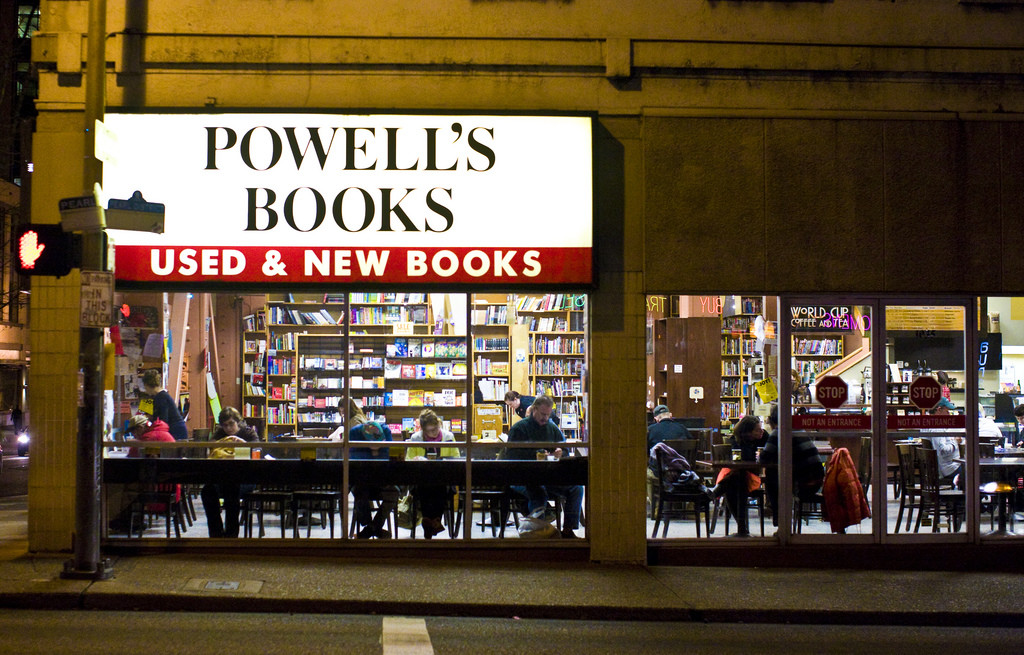12.7: Reading- Define Retailing
- Page ID
- 48171
Introduction
Retailing involves all activities required to market consumer goods and services to ultimate consumers who are purchasing for individual or family needs.
By definition, B2B purchases are not included in the retail channel since they are not made for individual or family needs. In practice this can be confusing because many retail outlets do serve both consumers and business customers—like Home Depot, which has a Pro Xtra program for selling directly to builders and contractors. Generally, retailers that have a significant B2B or wholesale business report these numbers separately in their financial statements, acknowledging that they are separate lines of business within the same company. Those with a pure retail emphasis do not seek to exclude business purchasers. They simply focus their offering to appeal to individual consumers, knowing that some businesses may also choose to purchase from them.
We typically think of a store when we think of a retail sale, even though retail sales occur in other places and settings. For instance, they can be made by a Pampered Chef salesperson in someone’s home. Retail sales also happen online, through catalogs, by automatic vending machines, and in hotels and restaurants. Nonetheless, despite tremendous growth in both nontraditional retail outlets and online sales, most retail sales still take place in brick-and-mortar stores.
The Retail Industry
The retail industry covers an enormous range of consumer needs. In reporting on common trends across the major retail segments, the National Retail Federation covers sixteen different categories. As shown below, these categories are not necessarily store types, but they show the breadth of products offered through the retail chain.[1]
| Category | Sample Retailers |
|---|---|
| Auto Aftermarket | Advance Auto Parts, AutoZone, Pep Boys |
| Department Stores | Kohl’s, Macy’s, Nordstrom, Saks Fifth Avenue |
| Drug Stores | CVS, Rite Aid, Walgreen’s |
| Entertainment and Consumer Electronics | AT&T, Apple, Barnes & Noble, BestBuy, GameStop, Toys R Us |
| Footwear | DSW, Foot Locker |
| General Apparel | Forever 21, Gap, H&M, Old Navy, TJ Maxx, Urban Outfitters |
| Health and Beauty | Bath and Body Works, Sally Beauty, Sephora, Ulta |
| Hobby and Craft | Michael’s, Guitar Center, Jo-Ann Fabrics |
| Home Improvement and Hardware | Home Depot, Ikea, Pier 1 Imports, True Value, Williams-Sonoma |
| Jewelry and Accessories | Charming Charlie’s, Coach, Piercing Pagoda, Signet, Tiffany & Co. |
| Mass Merchants | Amazon, Costco, Target, Walmart |
| Restaurants | Chipotle, KFC, McDonald’s, Olive Garden, Starbucks |
| Small-Format Value | Big Lots, Dollar General, Dollar Tree, Family Dollar |
| Sporting Goods and Outdoor | Bass Pro Shops, Cabela’s, Dick’s, Sports Authority, REI |
| Supermarkets | Albertson’s, Kroger, QFC, Safeway, Publix, Whole Foods |
| Women’s Apparel | Ann Taylor, Lane Bryant, Talbot’s, Victoria’s Secret |
The retail industry is designed to create contact efficiency—allowing shoppers to buy what they want efficiently with a smaller number of transactions. This design doesn’t come from a master retail plan. It’s driven by market forces. When a retailer sees an opportunity to expand its offering to increase purchases from customers in one location, it will expand its offering to meet the opportunity. When Barnes & Noble adds Starbucks coffee shops to its locations, customers visit more frequently and stay longer, increasing the chance of additional purchases. Costco recognized that busy holiday shoppers would rather buy a Christmas tree as part of a larger convenience purchase than have a focused (and less convenient) buying experience at a Christmas tree lot. Such opportunities cause retailers to expand their offerings, creating greater contact efficiency for consumers.
Given this logic and opportunity, why doesn’t every retailer become a Walmart Super Store filled with every possible product? Like all organizations that market effectively, retailers shape their offerings to a target buyer. Retailers must also consider the particular shopping experience a buyer is seeking in that moment or context. One experience isn’t right for everyone at the same time; nor are all “experiences” compatible. For example, a buyer is expecting a different buying experience when she fills her car’s gas tank and when she stays at a luxury resort.
Retailers define their target buyer segments, identify the service outputs that those segments require, and match their offerings to provide value to each target segment.
- nrf.com/news/power-players-2015 ↵
Contributors and Attributions
- The Retail Industry. Provided by: Lumen Learning. License: CC BY: Attribution
- Revision and adaptation. Provided by: Lumen Learning. License: CC BY: Attribution
- Chapter 10, Channel Concepts: Distributing the Product, from Introducing Marketing. Authored by: John Burnett. Located at: http://solr.bccampus.ca:8001/bcc/file/ddbe3343-9796-4801-a0cb-7af7b02e3191/1/Core%20Concepts%20of%20Marketing.pdf. License: CC BY: Attribution
- Powell's Books. Authored by: Thomas Hawk. Located at: https://www.flickr.com/photos/thomashawk/2987249389/. License: CC BY-NC: Attribution-NonCommercial



